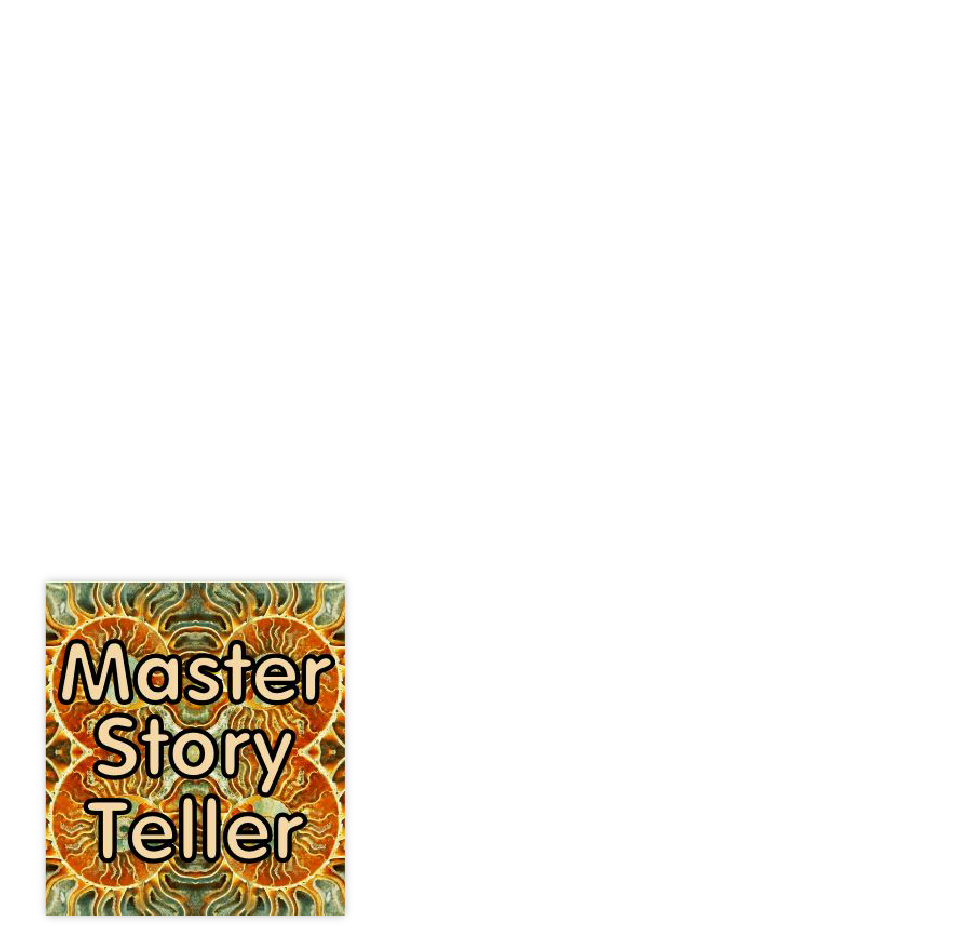





Melanie Anne Phillips
Creator of StoryWeaver, Co-creator of Dramatica, and designer of the Master Storyteller Method.
 Visit Our Store
Visit Our Store
Free, zippo, nada
gratis, on the house
$100 Complete
$100 / Hour


StoryWeaver and Dramatica
Two of the products designed / co-designed by Melanie Anne Phillips.





Copyright © Melanie Anne Phillips. Creator, StoryWeaver ~ Co-creator, Dramatica
Develop your story with…

In the last step, we began the process of expanding your log line into a thumbnail sketch of your story by asking specific kinds of questions. We also noted that the questions are different for those of you with a whole drawer full of notes about your story compared to those with just the germ of an idea and no clue where to go from there.
Having covered the writers with more ideas than they can handle in the last step, we’ll now learn how to use the question and answer technique to generate all manner of new ideas and story treads just waiting to be pulled for those of you who are idea-poor.
This techniques is called the “Creativity Two-Step.”
We’ll use our original example log line from step 4 to illustrate the process:
“A sheriff in a western town is trying to stop a gang of cutthroats from repeatedly robbing the town blind.”
Step One: Ask questions about your log line
For this first step, put creativity on the shelf and get all analytic on us. Ask yourself, what don’t I know about what is spelled out in the log line?
Here are some sample questions to show you what I mean…
1. How old is the sheriff?
2. How much experience does he have?
3. Is he a good shot?
4. How many men has he killed (if any)
5. How many people are in the gang?
6. Does it have a single leader?
7. Is the gang tight-knit?
8. What are they taking from the town?
9. How long have they been doing this?
You could probably go on and on and easily come up with a hundred questions based on that single log line if you just look beyond what it says and ask yourself what isn’t there - what information is not provided?
It might not seem at first that this will help you expand your story, but look at what's really happened. Each question is a thread that you can follow into more depth and detail for your story. To see how, let’s explore step two of this technique…
Step Two: Answer the questions about your log line
In the first step, you put creativity on hold and asked questions coming from your analytic mind. Now, switch hats, put analysis to bed and access your creativity to come up with as many different answers as you can for each question.
That’s right - don’t just provide a single answer but come up with at least several for each and every question. This is really important. If you just try to come up with that one perfect answer, you’ll get stuck in writer’s block. But if you come up with a whole bucket of answers, the pressure’s off, and you can try each one to see where it goes and then pick the best of the bunch!
Let your Muse run wild through your mind for this, and don’t hold back. You'll want some ordinary answers and some really outlandish ones as well. (You’ll see why later.)
For example: a) How old is the sheriff?
a. 28
b. 56
c. 86
d. 17
e. 07
f. 35
Some of these potential ages are ridiculous - or are they? Every ordinary story based on such a log line might have the sheriff be 28 or 35. Just another dull story, grinding through the mill. But what if your Marshall was 86 or 7 years old? Either of those answers would lead to a lot more questions, and that is likely where we’ll want to go, because those answers will hold the same kind of interest for your readers or viewers.
To see where this can lead (and how it works) let's switch back to Step One, reboot our analytic mind and ask some questions about his age.
For example: Answer c. 86
1. How would an 86 year old become a sheriff?
2. Can he still see okay?
3. What physical maladies plague him?
4. Is he married?
5. What kind of gun does he use?
6. Does he have the respect of the town?
And on and on…
As you might expect, now we switch back to Step Two again, put your creativity in charge once more and answer each of this second generation of questions with as many different ways as you can.
Example: Question 5. What kind of gun does he use?
a) He uses an ancient musket, can barely lift it, but is a crack shot and miraculously hits whatever he aims at.
b) He uses an ancient musket and can't hit the broad side of a barn. But somehow, his oddball shots ricochet off so many things, he gets the job done anyway, just not as he planned.
c) He used a Gatling gun attached to his walker.
d) He doesn't use a gun at all. In 63 years with the Texas Rangers, he never needed one and doesn't need one now.
e) He uses a sawed off shotgun, but needs his deputy to pull the trigger for him as he aims.
f) He uses a whip.
g) He uses a knife, but can't throw it past 5 feet anymore.
And on and on again...
Methinks you begin to get the idea. You can carry this process out for as many generations as you like, but the bulk of story material you develop will grow so quickly, you'll likely not need to go much further than we went in our example - especially since you are just trying to generate enough material to fill a one-page thumbnail sketch. Still, if you’re on a roll, don’t quit. Keep on shifting back and forth on as many questions and answers as you find compelling. Everything you develop will be used eventually, and with luck, you’ll end up going from having too few ideas to having the same problem in the last step as the authors who have far too many. Now isn’t that a better problem to have?
Imagine, if you just asked 10 questions about the original log line and responded to each of them with 10 potential answers, you'd have 100 story points to consider.
Then, if you went as far as we just did for each one, you'd ask 10 questions of each answer and end up with 1,000 potential story points. And the final step of 10 answers for each of these would yield 10,000 story points!
Of course, in the real world, you won't want to answer each and every question - just those that intrigue you. And, you won't trouble yourself to ask questions about every answer - just the ones that suggest they have more development to offer and seem to lead in a direction you might like to go with your story.
The key point is that rather than staring at you log line trying to come up with new ideas. Just ask questions and the ideas will come up with themselves.
We’ll return to this technique several more times in the Master Storyteller Method to help develop your characters and your plot.
For now, just ask the questions and then answer them as described above, and you’ll avoid having your log line turn into a log jam.
In the next step, we’ll sort through your answers, pull them into your thumbnail sketch and then pare it down to size.


